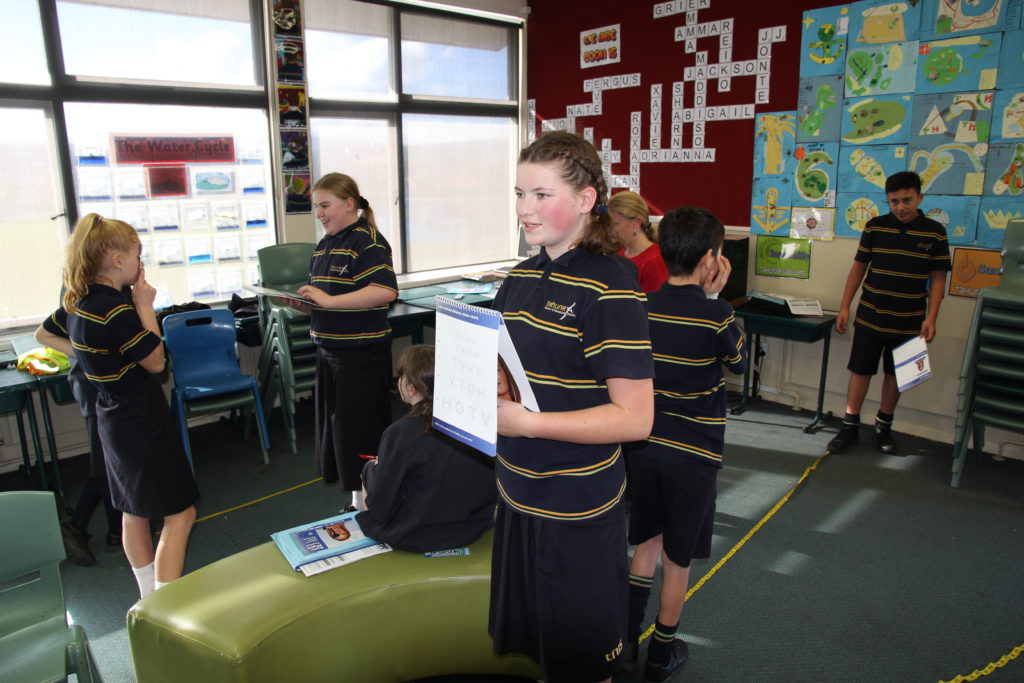Occupational therapists are in a good position to do basic vision screening – so that they can understand how and whether low vision is impacting on everyday activities. Most people think of checking vision for older adults, but few think of how children can be falling through the cracks.
In 2018, a couple of Fieldwork 5 students decided to do vision screening with schoolchildren. They carried out a small pilot on 122 children at a secondary school and found that 20% of children had uncorrected vision loss. All the children were sent home with a letter explaining their results, and a voucher to see a local optometrist. Guess how many children went to see an optometrist? None! That’s right – none of the families followed up on the results. When we sent out a reminder after three months, one family went to see the optometrist.
We needed to understand these results so, we used this pilot as the basis for a funding application to the Participatory Science Platform. They gave us $18,500 to do a project testing the concept of child-to-child vision screening and exploring why some families don’t take their children to optometrists. This funding was only enough to pay for some expensive vision screening equipment, so we also went to the Ombler Trust. They agreed to pay $10,000 towards a research assistant, which allowed us to employ an occupational therapy student in this position (Sarah Drummond).
Over the last few months we have been working with the children of Tahuna Intermediate in Dunedin to co-design a child-to-child vision screening test. Fortunately we have a final year product design student (Curtis Stent) helping us with this part. Also, the team includes a professor of optometry (Kelechi Ogbuehi) and a lecturer in product design (Machiko Niimi).
We have done several rounds of co-designing the toolkit with the children and last month we tested it with all 250 of the ‘year seven’ students. The results are tentative at the moment – but we seem to have discovered several children who need spectacles. These children did the normal public health vision screening last May, which means that children are falling through the cracks.There’s lots more work to be done on this project, and we’ll give another update in our next PG Post.
In the meantime, keep an eye out (no pun) for your clients who might not know that they need spectacles! Is this the reason that they had that fall? Or is this what underpins the behaviour of that child? Several studies report associations between vision problems, poor school performance, and lower quality of life. Given that academic achievement is one of the most powerful predictors of lifelong health, addressing factors that contribute to poor school function may be critical to resolving health disparities.
